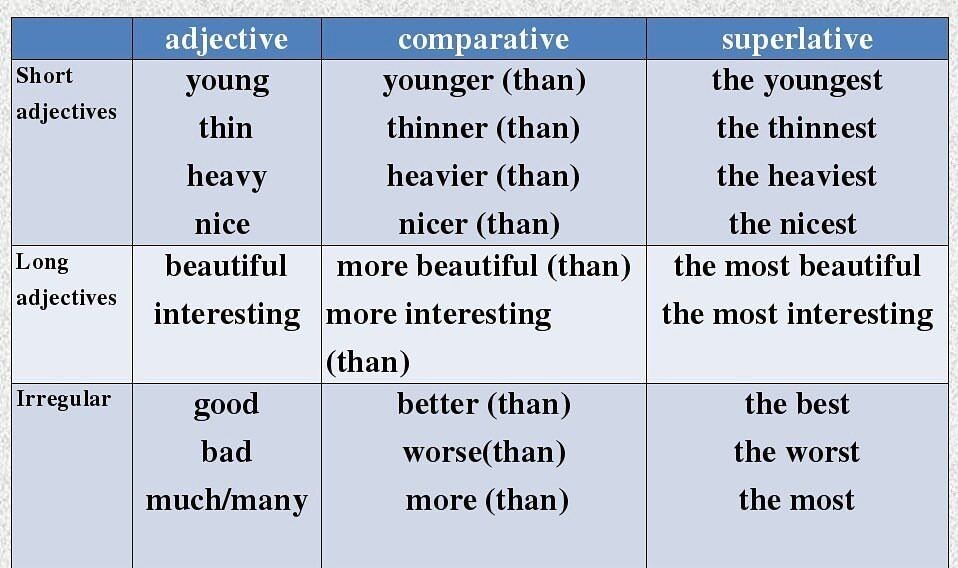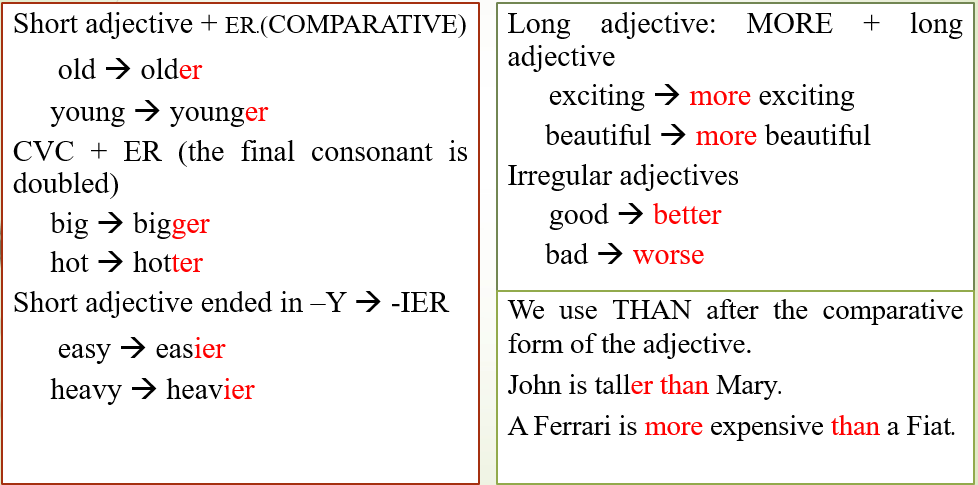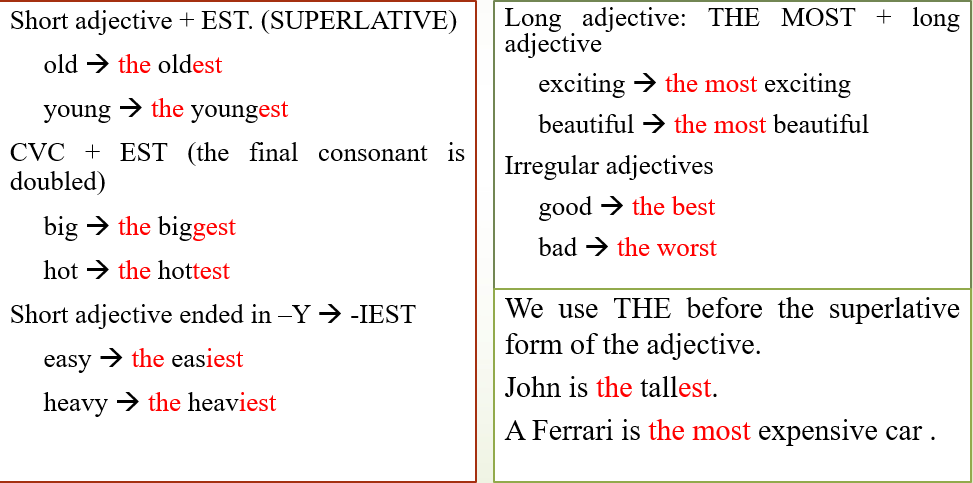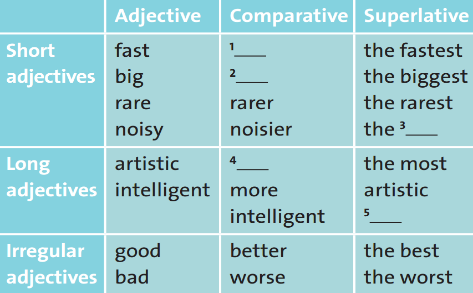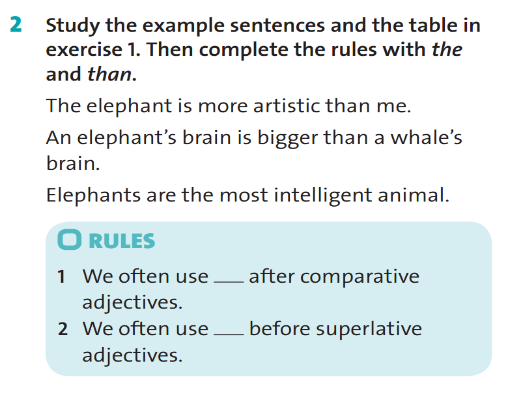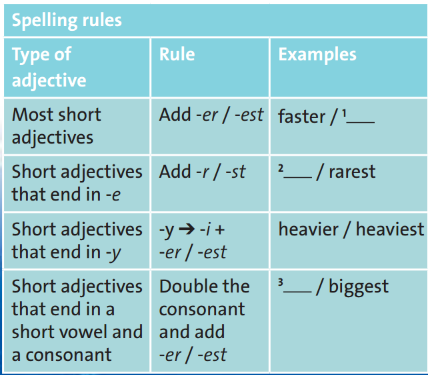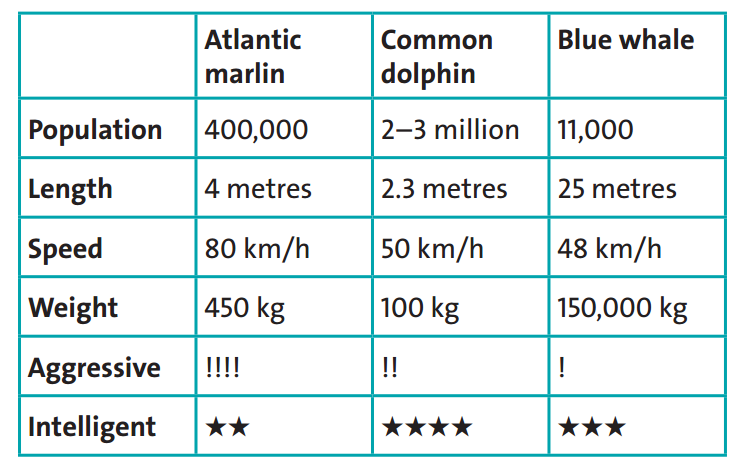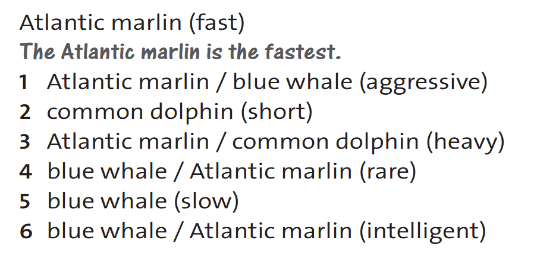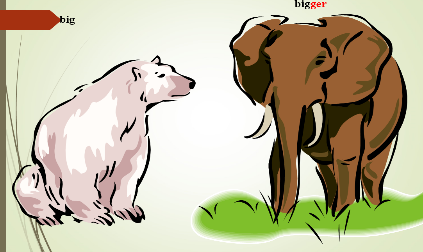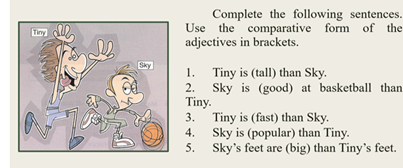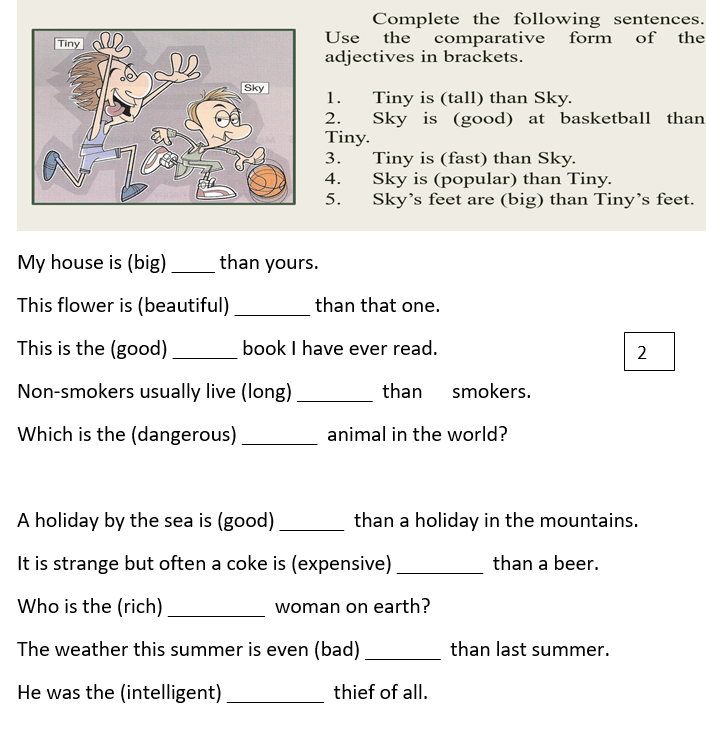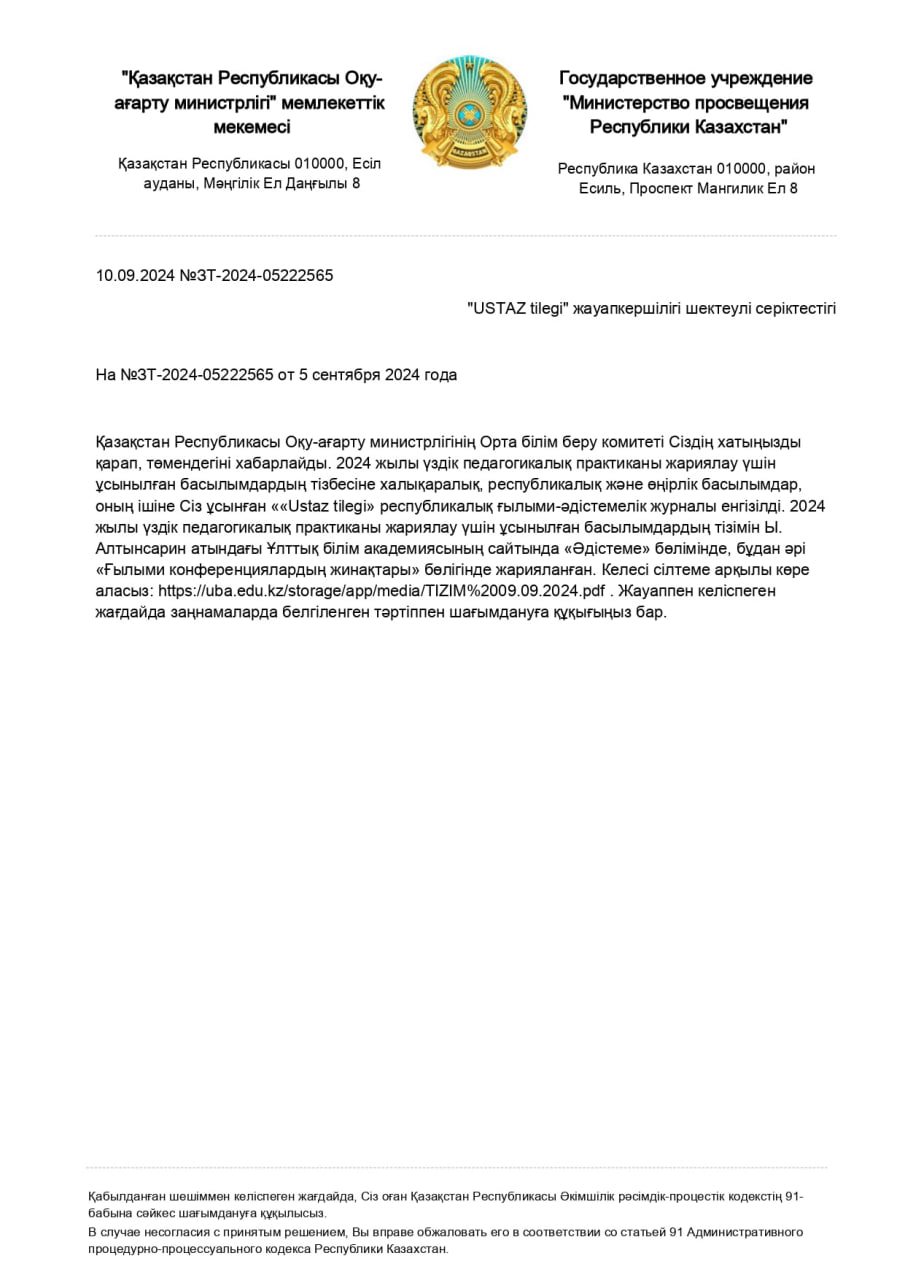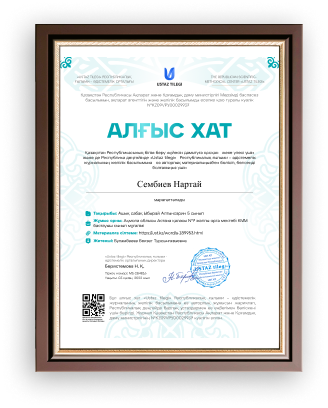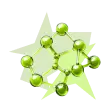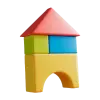
|
School: |
Long term plan unit: Entertainment and media |
||||||||||||||||||||||||||||||||||||||||||||||||||||||||
|
Date: 10.02 |
Teacher’s name: |
||||||||||||||||||||||||||||||||||||||||||||||||||||||||
|
Grade 7 |
Number present: |
Number absent: |
|||||||||||||||||||||||||||||||||||||||||||||||||||||||
|
Theme of the lesson: |
Comparative and superlative adjectives |
||||||||||||||||||||||||||||||||||||||||||||||||||||||||
|
Learning objectives(s) that this lesson is contributing to |
7.L1 understand longer sequences of supported classroom instructions 7.R2 understand independently specific information and detail in short, simple texts on a limited range of general and curricular topics |
||||||||||||||||||||||||||||||||||||||||||||||||||||||||
|
Lesson objectives |
All learners will be able to:
Most learners will be able to:
Some learners will be able to:
|
||||||||||||||||||||||||||||||||||||||||||||||||||||||||
|
Assessment criteria |
|
||||||||||||||||||||||||||||||||||||||||||||||||||||||||
|
Planned timings |
Planned activities |
Students’ actions |
Assessment |
Resources |
|||||||||||||||||||||||||||||||||||||||||||||||||||||
|
Beginning 5 min 8 min 6 min 5 min 8 min 5 min 5 min 2 min 1 min |
Warming up One student will come out on the board, and pictures of animals will be shown behind him. The student will not see what kind of animal it is, and the rest of the students will help him guess what kind of animal it is with the help of adjectives. Ex: 1. Explain the rules about comparative and superlative adjectives. Complete the table with comparative and superlative adjectives.
EX : 2. Study the example sentences and the table in exercise 1. Then complete the rules with the and than.
Ex:3 . Study the table in exercise 1 again. Complete the spelling rules and add examples.
Ex: 4 Study the information. Then make sentences using comparative and superlative forms.
1 Atlantic marlin are more aggressive than blue whales. 2 The common dolphin is the shortest. 3 Atlantic marlin are heavier than common dolphins. 4 Blue whales are rarer than Atlantic marlin. 5 The blue whale is the slowest. 6 Blue whales are more intelligent than Atlantic marlin. Extra-task 1 Students will be shown pictures of two or three animals in the comparative or superlative degree of the adjective. They will respond with adjectives, comparatives, and superlatives. They should make sentences. On the photo bear and elephant. For example: The elephant is bigger than the bear.
Extra-task 2. Work on worksheets. Complete the sentencees with right degree of adjectives. 3 variants.
Reflection Learners write : What did you learn today? What parts of the lesson were easy? What parts of the lesson were difficult? Hometask EX 5 p 69 |
Guess animals. Learners work on copybook. Learners work on copybook. Answer verbally. Answer orally Answer orally Work on worksheets |
FA: Well done! Great! 2p for answer
ЖИ арқылы жасау
ЖИ арқылы жасау
Бөлісу 1 - айлық Материал тарифі-96% жеңілдік 00 05 00 ҚМЖ
Ашық сабақ
Тәрбие сағаты
Презентация
БЖБ, ТЖБ тесттер
Көрнекіліктер
Балабақшаға арнарлған құжаттар
Мақала, Эссе
Дидактикалық ойындар
және тағы басқа 400 000 материал
Барлық 400 000 материалдарды шексіз жүктеу мүмкіндігіне ие боласыз 1 990 ₸ 49 000₸ 1 айға қосылу Материалға шағымдану Бұл материал сайт қолданушысы жариялаған. Материалдың ішінде жазылған барлық ақпаратқа жауапкершілікті жариялаған қолданушы жауап береді. Ұстаз тілегі тек ақпаратты таратуға қолдау көрсетеді. Егер материал сіздің авторлық құқығыңызды бұзған болса немесе басқа да себептермен сайттан өшіру керек деп ойласаңыз осында жазыңыз Жариялаған: Асель ТогымоваШағым жылдам қаралу үшін барынша толық ақпарат жіберіңіз Grade 7 , Unit 5 : Comparative and superlative adjectives , Lesson plan
Тақырып бойынша 11 материал табылды
Grade 7 , Unit 5 : Comparative and superlative adjectives , Lesson planМатериал туралы қысқаша түсінік
Задания из учебника "English plus 7", еще дополнительные задания с карточками. Есть хорошие правила на тему. Есть два задания , 1 с картинами ( вы можете показать картины с ноутбука. необязательно распечатывать), 2-ое задание с карточками на оценку. Картины и карточки для задания в документе в конце плана.
Материалдың қысқаша нұсқасы
| ||||||||||||||||||||||||||||||||||||||||||||||||||||||


